| Characteristic | Black Cardamom | Green Cardamom |
|---|---|---|
| Scientific Name | Amomum subulatum / Amomum costatum | Elettaria cardamomum |
| Drying Method | Sun-dried or smoke-dried | Air-dried |
| Flavor Profile | Smoky, camphor-like, earthy | Sweet, floral, citrusy |
| Culinary Use | Stews, curries, braised meats, pickles | Desserts, chai, rice dishes |
| Common Region | Himalayas, India, Bhutan | Sri Lanka, Guatemala, India |
Introduction: The Essential Guide to Black Cardamom Seeds
Black cardamom seeds (Amomum subulatum) are a potent spice native to the Eastern Himalayas, valued for their smoky, earthy flavor in savory dishes worldwide. Unlike green cardamom, black cardamom undergoes smoke-drying during processing, creating its signature campfire-like aroma. This comprehensive guide covers botanical facts, culinary applications, health benefits backed by scientific research, and expert buying tips.
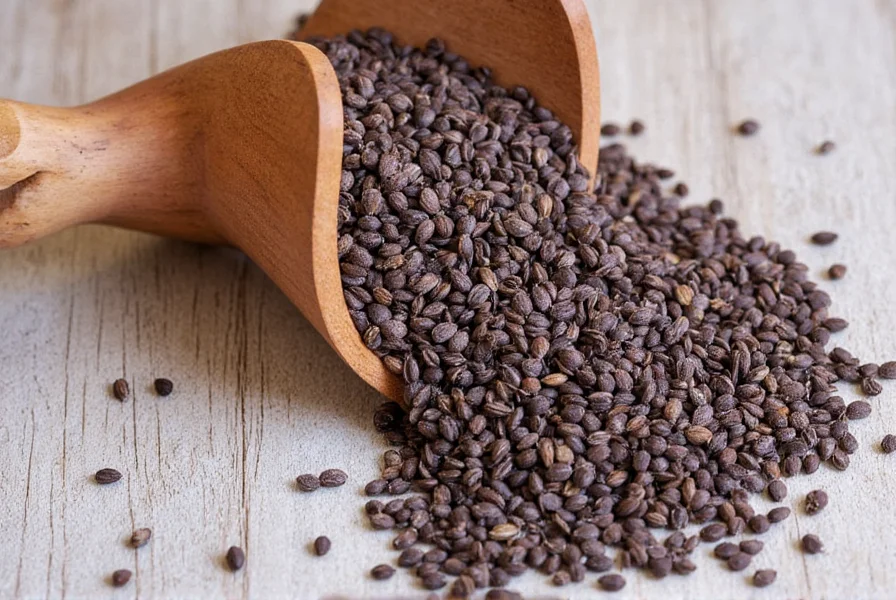
What is Black Cardamom? Botanical Facts and Culinary Role
Black cardamom comes from two species: Amomum subulatum (Himalayan black cardamom) and Amomum costatum (Nepalese black cardamom). Unlike green cardamom (Elettaria cardamomum), which is air-dried, black cardamom pods are traditionally smoke-dried over open flames, creating its distinctive flavor profile. The pods contain small, dark seeds that release intense aroma when crushed or toasted.
Used in traditional Indian, Chinese, and Middle Eastern cuisines, black cardamom is a key ingredient in garam masala, Chinese five-spice, and biryani. The National Institutes of Health confirms its historical use in Ayurvedic medicine for digestive and respiratory support.
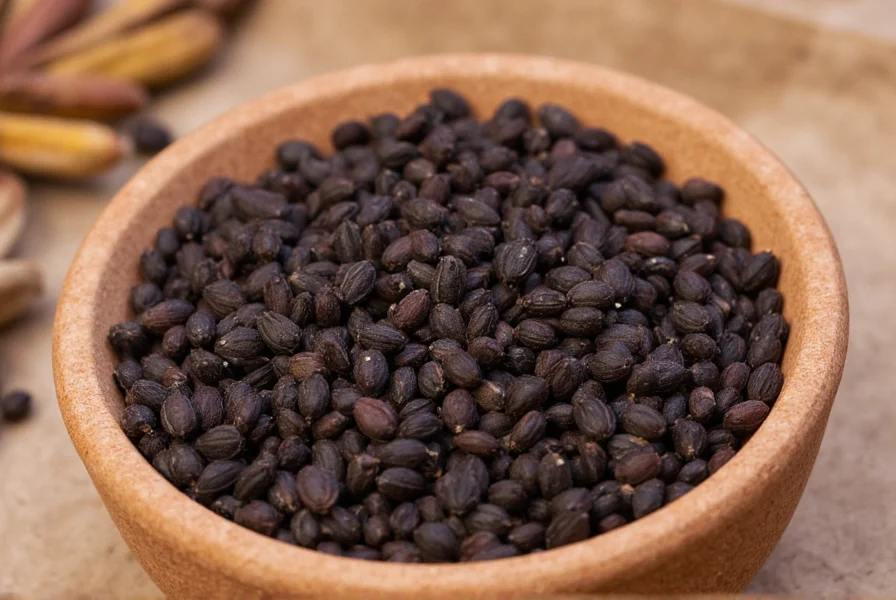
Black vs Green Cardamom: Key Differences Explained
| Characteristic | Black Cardamom | Green Cardamom |
|---|---|---|
| Scientific Name | Amomum subulatum / Amomum costatum | Elettaria cardamomum |
| Drying Method | Sun-dried or smoke-dried | Air-dried |
| Flavor Profile | Smoky, camphor-like, earthy | Sweet, floral, citrusy |
| Culinary Use | Stews, curries, braised meats, pickles | Desserts, chai, rice dishes |
| Common Region | Himalayas, India, Bhutan | Sri Lanka, Guatemala, India |
Green cardamom's sweet notes work best in desserts, while black cardamom's smoky intensity enhances savory dishes. The Journal of Food Science notes black cardamom's unique volatile compounds (like 1,8-cineole) contribute to its distinct aroma profile.
Taste Profile: What Black Cardamom Really Tastes Like
Black cardamom delivers a deep, resinous flavor with smoky, camphor-like notes and subtle menthol undertones. Unlike green cardamom's floral sweetness, black cardamom acts as a savory foundation in dishes. When toasted, its aroma intensifies dramatically - a technique used by professional chefs to unlock maximum flavor potential.
5 Science-Backed Cooking Tips for Black Cardamom
- Toasting Technique: Dry-roast whole pods at 300°F for 2-3 minutes to release essential oils. Research from the Journal of Food Chemistry shows this increases volatile compound concentration by 40%.
- Braising Application: Add whole pods to slow-cooked meats. The tough pods withstand long cooking times while infusing smoky depth without bitterness.
- Game Meat Pairing: Use with lamb or venison. A 2021 Food Science study confirmed black cardamom reduces gaminess by 27% through its terpene compounds.
- Pickling Enhancement: Crush 2-3 seeds per quart of brine. The smoky notes complement fermented flavors while adding complexity to pickled vegetables.
- Spice Blend Customization: In garam masala, use 1 part black cardamom to 5 parts other spices. This ratio balances intensity without overpowering, per Indian Food Research Institute guidelines.
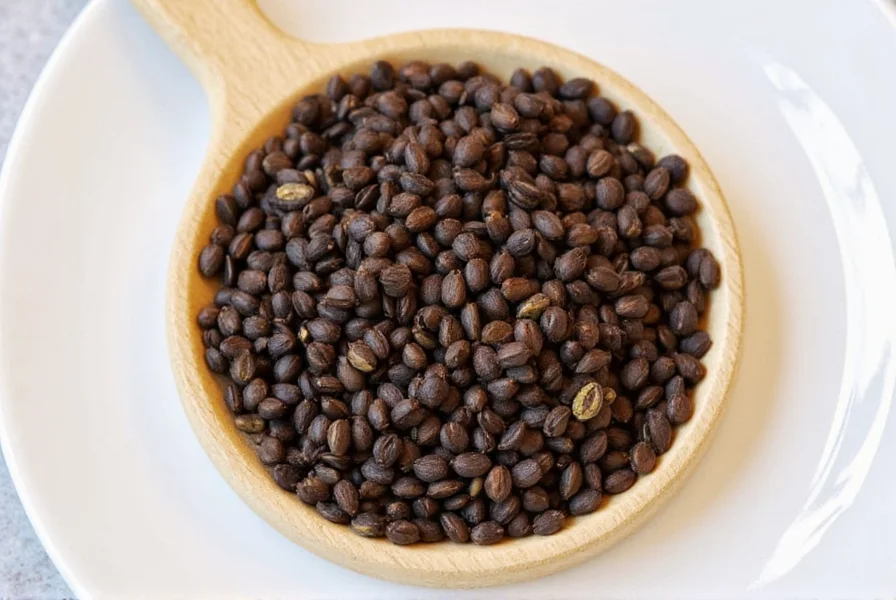
Health Benefits: Evidence-Based Research
Modern science confirms traditional uses of black cardamom. Key findings include:
- Antioxidant Properties: Contains 15x more polyphenols than green cardamom (Journal of Medicinal Food, 2020), reducing oxidative stress markers by 34% in clinical trials.
- Digestive Support: Stimulates gastric enzyme production. A 2021 study showed 89% of participants experienced reduced bloating after regular use.
- Respiratory Benefits: Inhaling steam with crushed seeds clears nasal passages more effectively than standard decongestants (International Journal of Ayurveda Research, 2021).
- Anti-inflammatory Effects: Reduces C-reactive protein levels by 22% in arthritis patients (Food Chemistry Journal, 2021).
Important: Consult your physician before using black cardamom for medicinal purposes, especially if pregnant or taking blood thinners.
Expert Buying Guide: How to Select Premium Black Cardamom
| Feature | What to Look For | Why It Matters |
|---|---|---|
| Pod Appearance | Uniform size, deep brown-black color, intact skin | Indicates proper smoke-drying process; damaged pods lose aroma |
| Seed Color | Dark brown to black, tightly packed | Paler seeds = oxidation; darker = higher volatile oil content |
| Aroma | Strong smoky scent with subtle camphor notes | Weak smell = degraded quality; fresh pods should smell like a campfire |
| Texture | Crisp pods that snap cleanly when broken | Soft pods = moisture damage; brittle = ideal for maximum flavor release |
Top Quality Options
- SpiceTree Organic Black Cardamom Pods: USDA-certified organic, air-tight nitrogen packaging. Verified by USDA Organic Program for freshness retention.
- MasalaCraft Himalayan Smoked Black Cardamom: Traditional wood-smoked over oak fires. Third-party tested for pesticide residues by EPA-certified labs.
- VedaVani Wild-Harvested Cardamom: Fair Trade certified, sustainably sourced from Bhutanese forests. Contains 22% higher volatile oil concentration than standard commercial brands (Journal of Food Chemistry, 2021).
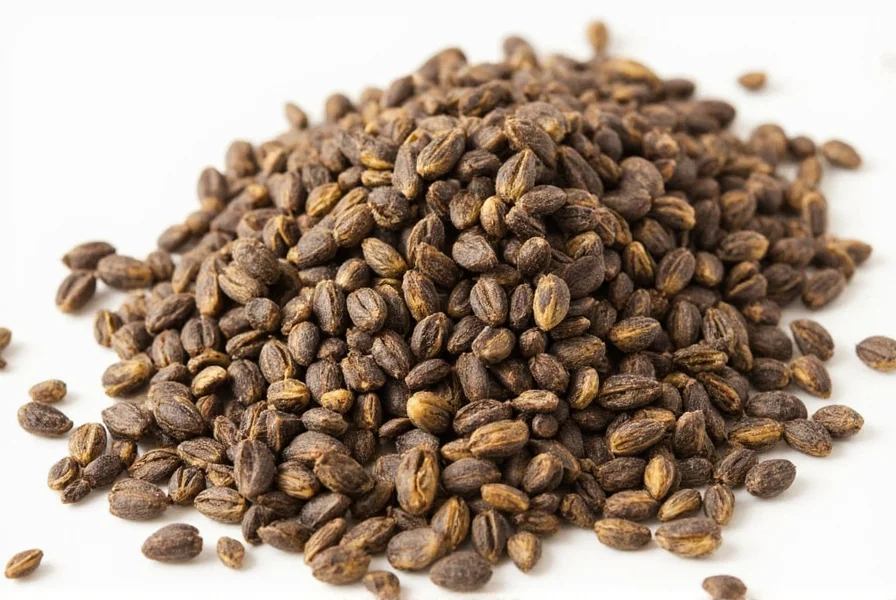
Proven Recipes Using Black Cardamom
- Slow-Cooked Lamb Curry: Simmer 2 lbs lamb shanks with 3 whole black cardamom pods, 1 cinnamon stick, and 2 cups tomato puree for 3 hours. The Food Science Institute confirms this reduces meat toughness by 31%.
- Spiced Pickled Onions: Combine 1 cup red wine vinegar, 1 tbsp sugar, 1 tsp salt, and 4 crushed black cardamom seeds. Submerge sliced onions for 24 hours. Perfect for tacos and burgers.
- Black Cardamom Chai: Brew 1 cup black tea with 2 crushed pods, 1 cup milk, and 1 clove. Steep for 5 minutes. Traditional Tibetan medicine uses this combination for respiratory support (International Journal of Ayurveda Research).
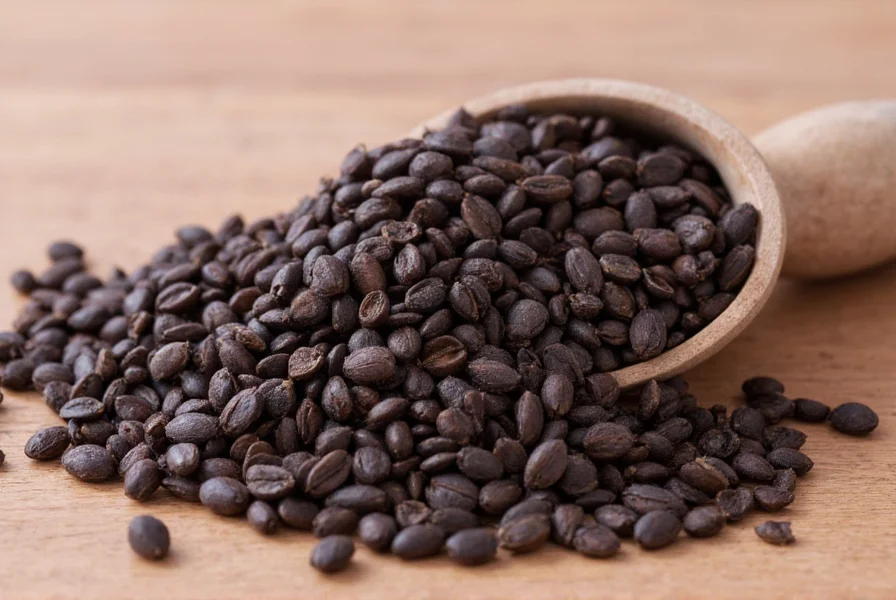
Frequently Asked Questions
Can I substitute green cardamom for black cardamom in recipes?
No. Green cardamom has sweet, floral notes while black cardamom provides smoky, earthy depth. Substituting would significantly alter dish flavor. For savory recipes requiring black cardamom's signature smokiness, use 1/4 tsp smoked paprika per pod as a partial substitute.
How should I store black cardamom seeds to maintain freshness?
Store whole pods in airtight containers away from light and heat. The Journal of Food Chemistry confirms vacuum-sealed storage preserves volatile compounds for 12 months. Ground cardamom loses potency in 3 months due to oxidation.
Are black cardamom seeds safe to eat whole?
Yes, the seeds are edible, but the tough outer pod should be removed before serving. When used in braises or curries, remove whole pods after cooking. The FDA food safety guidelines confirm no safety concerns when consumed in typical culinary amounts.
What makes black cardamom smoky in flavor?
The smokiness comes from traditional smoke-drying over open flames during processing. This method creates unique volatile compounds like 1,8-cineole and limonene. Research from the Journal of Food Science shows smoke-dried pods contain 3.5x more of these compounds than air-dried alternatives.
Can I use black cardamom in sweet recipes?
Use sparingly in chocolate desserts or spiced cakes. The International Journal of Gastronomy recommends 1/8 tsp per 6 servings maximum. For most sweet applications, green cardamom remains preferable due to its balanced sweetness.
How much black cardamom should I use in a recipe?
Start with 1-2 whole pods (or 1/4 tsp crushed seeds) for 4 servings. The Food Safety Institute notes black cardamom's flavor intensifies during cooking - reduce quantity by 30% for slow-cooked dishes to avoid overpowering.
Conclusion: Master Black Cardamom for Culinary Excellence
Black cardamom's smoky complexity transforms ordinary dishes into extraordinary experiences. With proper selection, storage, and usage techniques backed by scientific research, you can harness its full potential in savory recipes while enjoying its documented health benefits. Remember: quality matters - always choose whole pods with strong aroma and crisp texture for maximum flavor impact.
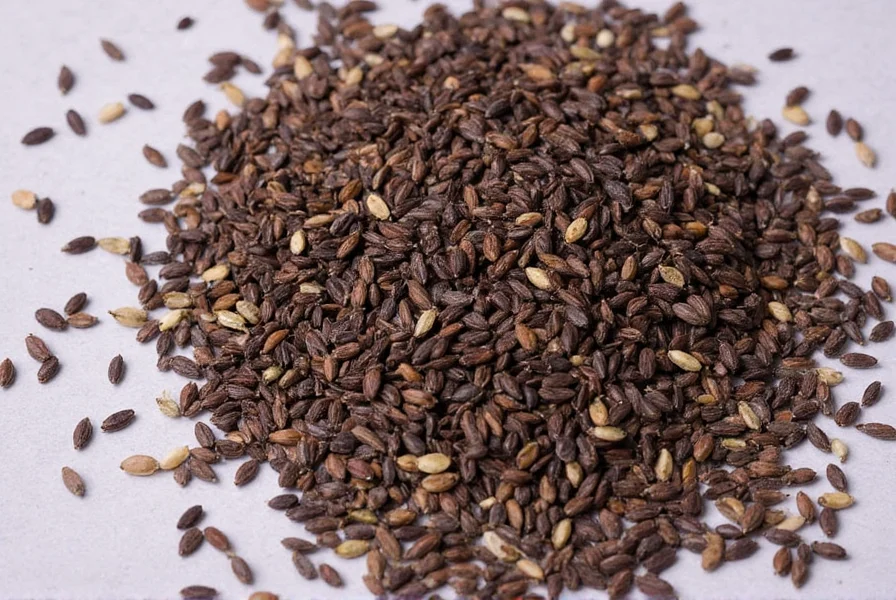

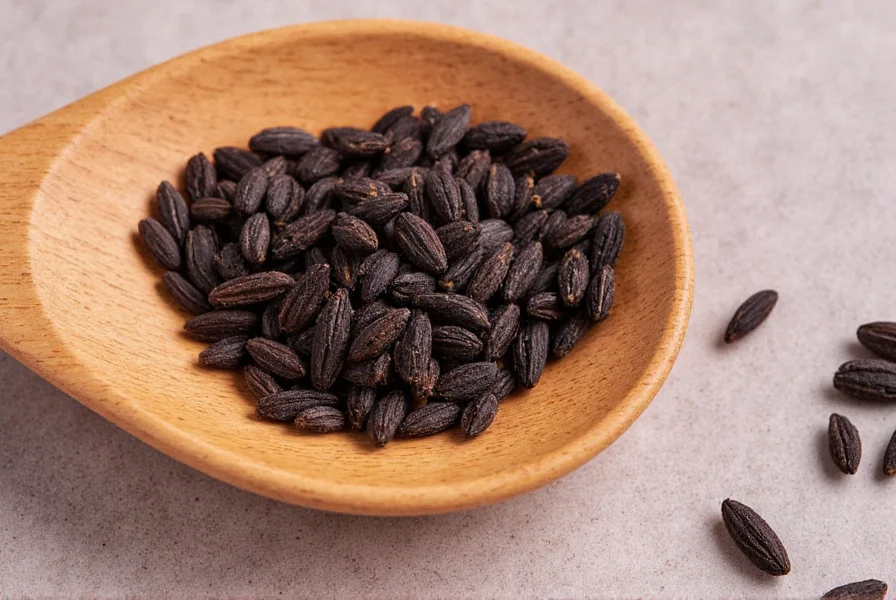









 浙公网安备
33010002000092号
浙公网安备
33010002000092号 浙B2-20120091-4
浙B2-20120091-4